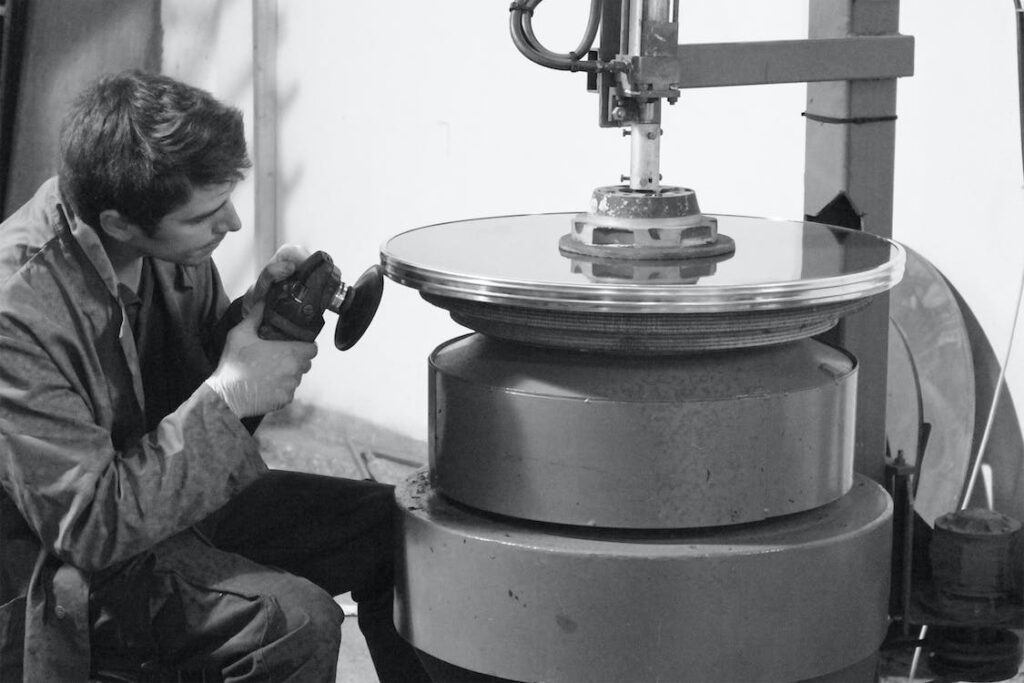Data from the National Safety Council shows that in 2021, there were 383 workplace fatalities and 137,000 non-fatal injuries reported in manufacturing. These were each the fourth highest of any industry.
That will, in itself, come as a surprise to many. When we think of dangerous jobs, our minds tend to go straight to industries like construction, logging or even driving. Yet manufacturing is right up there with them, and the likelihood of being injured or worse if you work in this sector is approximately double the national average.
US is falling behind the rest of the western world
Those statistics make even more sobering reading when compared with other nations. The UK, for example, has one of the best records in the world when it comes to employee safety. Here, there have been on average 22 fatalities per year in the manufacturing industry. Yes, the UK is a smaller country, but not so much so to explain the difference.
The US employs around six times as many people in manufacturing as the UK, yet it has more than 17 times as many fatalities. In other words, working in manufacturing in the US means you are three times more likely to die at work than if you do the same job in the UK. So what can US manufacturing companies do to improve worker safety and at least bring it in line with the UK and other western nations like Germany that have similar records?
Creating a safety culture
Statistics like those quoted above do not only apply to manufacturing and there are numerous theories about why US workplaces are statistically so much more hazardous to life and limb than those in other countries.
Part of the explanation might be that the US has more transitory workers in unskilled labor roles than the UK or Germany. Clearly, they will be less experienced in the safe operation of plant, handling chemicals or wearing the right PPE than workers who stay in the same role or at least at the same manufacturing plant long term.
This might be a complicating factor but it needs not be a barrier to creating a safety culture. Doing so means carrying out minimum levels of training to all before they can even access the manufacturing floor. It also means creating a culture in which reporting unsafe working practices, near misses and so on is encouraged and rewarded.
Operating plant and machinery
One in five manufacturing fatalities are a result of coming into contact with moving parts of machinery. In the UK, safety requirements here are set forth in the Provision and Use of Work Equipment Regulations (PUWER) (1998).
There is no equivalent piece of Federal legislation, but the substance of PUWER is mostly covered in the 19 CFR 1910 series of OSHA regulations. It all comes down to training personnel in the safe use of machinery, guarding against misuse, regular inspection and maintenance practices and so on. In other words, all the things that any responsible manufacturing business should be doing as a matter of course.
Safety goes beyond the manufacturing site
We mentioned that 20 percent of fatalities in the manufacturing industry involve moving parts of machinery. But what about the other 80 percent? Some are connected with sector-specific issues such as exposure to chemicals or failure to properly use PPE. But it is also important to think more broadly.
40 percent of all fatalities at work involve transportation, including being run over or being involved in a fatal road accident while driving. Like most businesses, manufacturing companies employ people in driving roles, including delivery drivers, maintenance teams and sales representatives. Businesses are learning to their cost that even something as innocuous as an employee jumping into an Uber or Lyft to go to a meeting could result in a lawsuit if disaster strikes, according to one company of respected wrongful death attorneys in New York.
Mitigating risk makes every sort of sense
Accidents will always happen and there is no way to eliminate every risk entirely. But that doesn’t justify a Stockton Rush-style approach of blindly forging on without properly assessing risks and mitigating their probability or impact where possible.
To take one example from thee areas on which we have touched, businesses can drastically reduce the risk of road accidents by providing staff members with some basic tips on defensive driving. This could be provided to all staff, but obviously it makes sense to prioritize those who drive company vehicles to carry out their work.
Ultimately, every business must understand that its people are its most precious asset. Protecting their wellbeing needs to be at the top of the agenda, not just because it makes solid business sense, but because it is morally the right thing to do.



